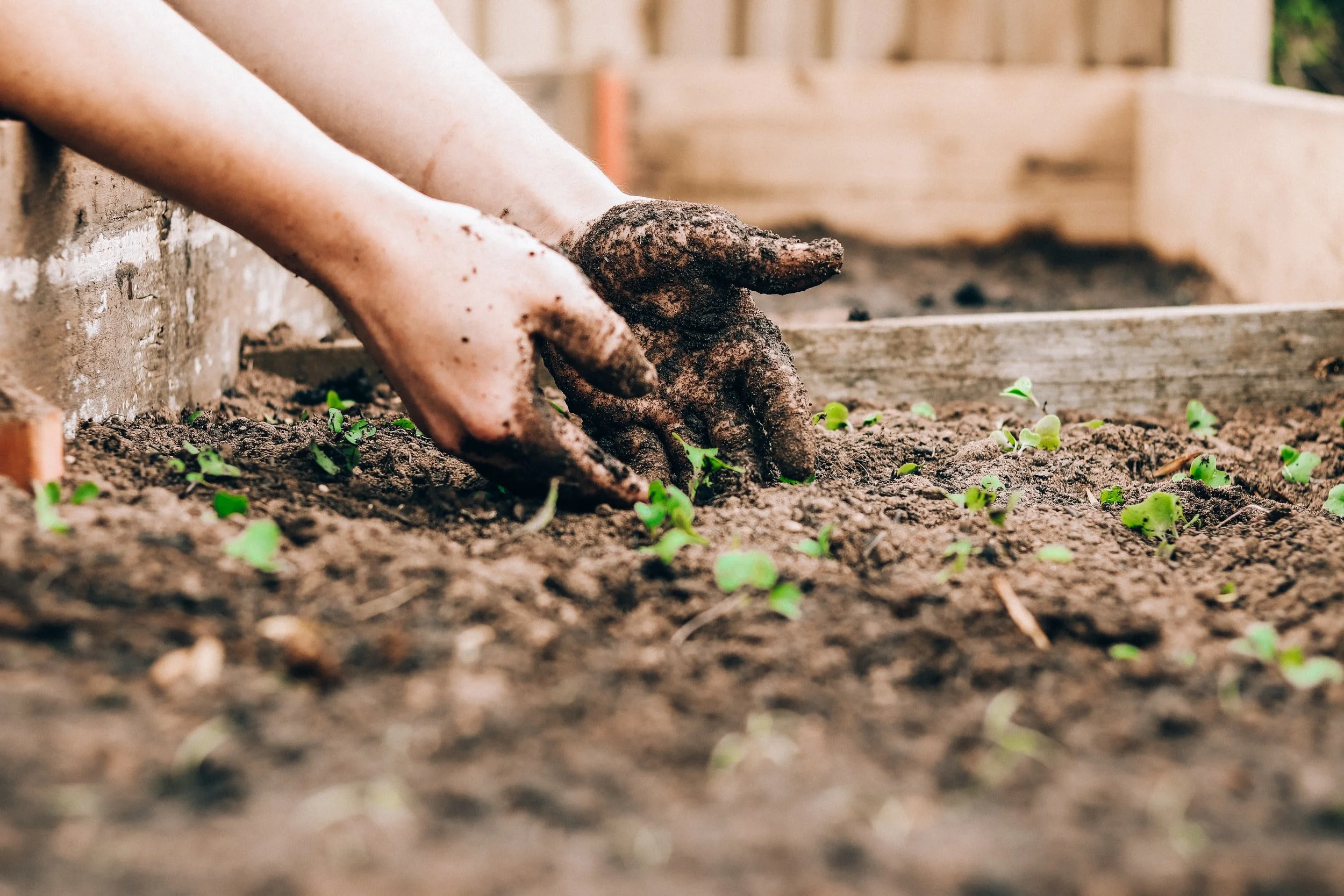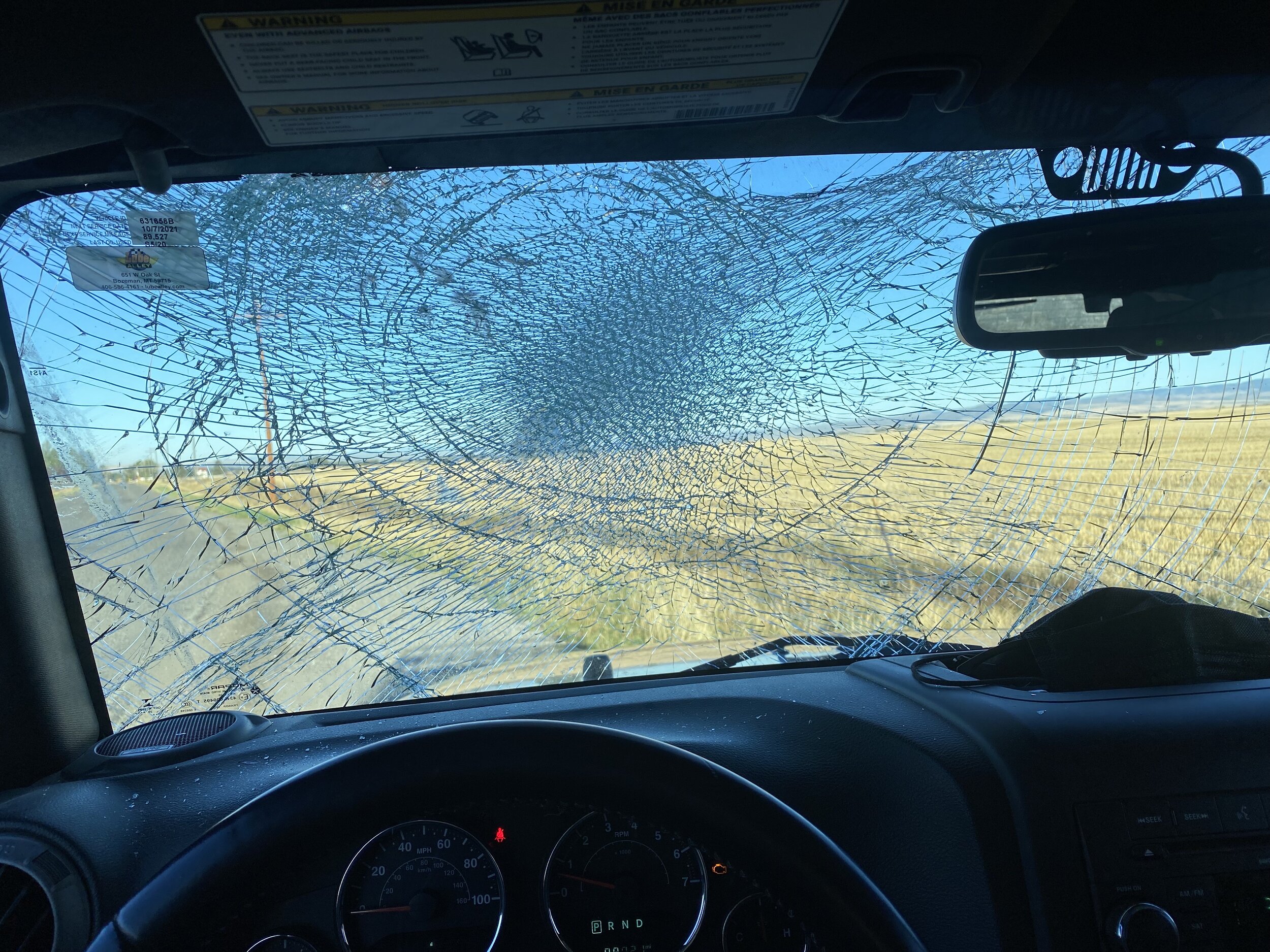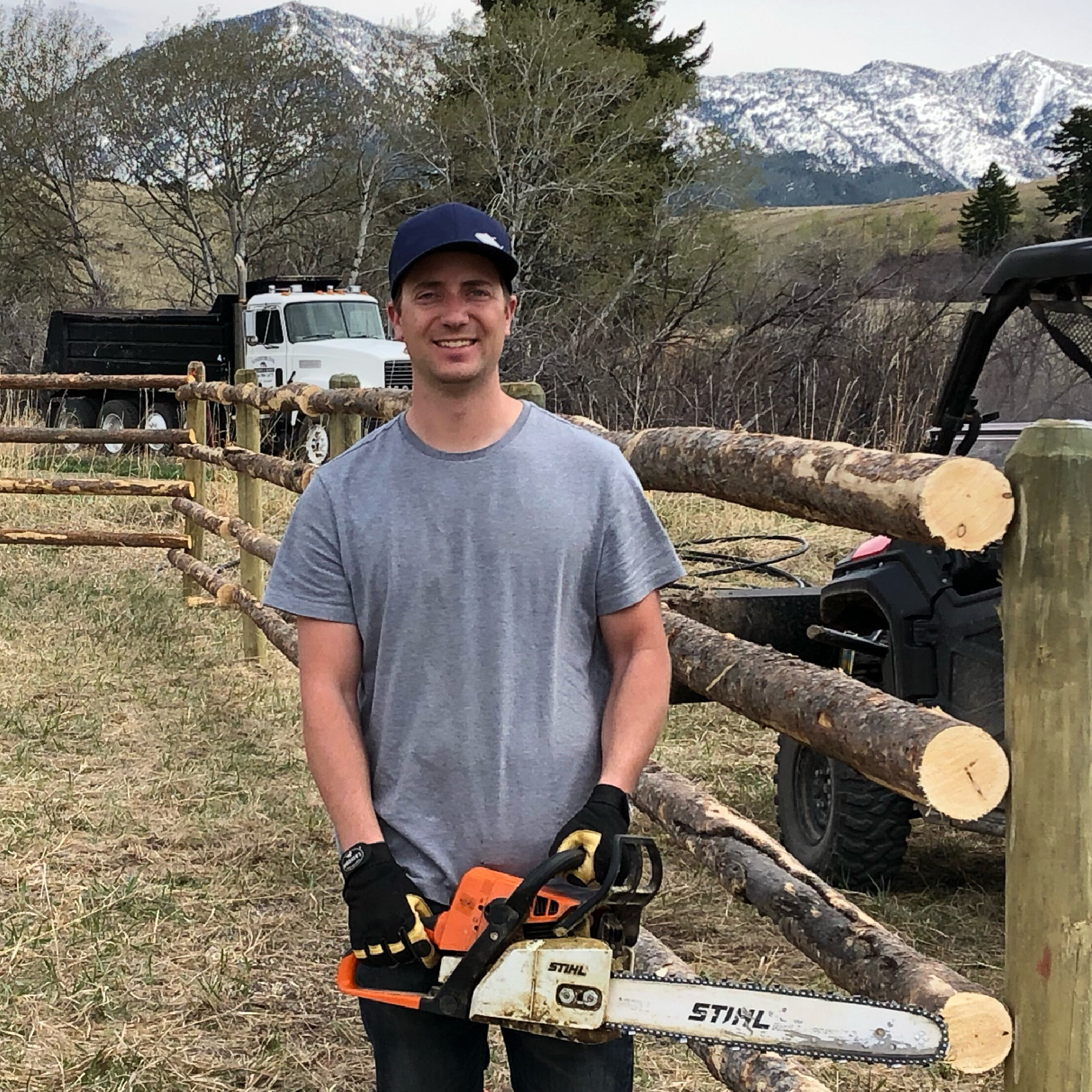How to Grow Small Farm Profits
Grow Your Small Farm Profits with These Simple Strategies
Farming is no doubt one of the most fulfilling careers out there. For some folks, owning a small farm is a dream come true - a welcome change from the hustle and bustle of city life. However, owning a small farm is not all about planting and harvesting, it’s also about making enough money to sustain the farm and make a profit. In this article, we’ll discuss some tips that will help you start and monetize your small farm. In this article shared by Montana Farm Life, we’ll walk you through some important steps, such as developing a business plan, researching your market, networking with local vendors, and marketing your brand.
Developing a Business Plan
Embarking on a farm venture can be a thrilling and rewarding experience. However, before you take the plunge, there are critical factors to consider. Among these is having a concrete understanding of what crop or goods you want to produce, the desired quantity, and how you intend to market your product.
A business plan is a necessity that can steer you in the direction of success. It serves as a roadmap for achieving your goals and keeping you on track. To create a solid business plan for your farming operation, you'll need to provide detailed descriptions of your business, target market, marketing strategy, financial projections, and a SWOT analysis. With a robust business plan in place, you'll be well-equipped to deal with the challenges and reap the rewards of your farming venture.
Protect your Assets by Forming Your Business as an LLC
Protecting your assets is essential when forming a business to ensure that the personal assets of the business owner are not at risk from any liability that the business may incur. One way to mitigate this risk is by forming your business as a Limited Liability Company (LLC). An LLC is a hybrid business entity that combines the legal protections of a corporation with the tax benefits of a partnership, and it provides personal liability protection for the business owner.
If you are wondering how to start an LLC in Montana, the process is relatively straightforward. First, you need to choose a name for your LLC and ensure that it is not similar to any other registered business name in Montana. Then, you must file articles of organization with the Montana Secretary of State, which establishes your LLC as a legal business entity.
Another crucial step is to create an operating agreement, which sets forth the rules and regulations that govern your LLC's operations, including management and decision-making. By following these steps to form your LLC, you can protect your assets while operating your business in Montana.
Research Which Crops or Goods Are in-Demand
You can do this by visiting farmers markets or local shops to see what products are in high demand. Don’t be afraid to ask questions to vendors or customers. Another useful resource is the USDA’s seasonal farmer’s market availability tool, which illustrates the best times to plant and harvest certain crops. However, it's important to keep your climate zone in mind when selecting which crops to plant.
Know and Avail of Government Grants and Tax Credits
Small farmers often face various challenges when it comes to financing their businesses. Luckily, the federal, state, and local governments offer a range of grants and tax credits that can help alleviate some of these difficulties. From land acquisition to equipment purchase and building infrastructure, these grants can cover a multitude of costs. By taking advantage of these opportunities, farmers can invest in their businesses and help it thrive. While it may take some research to determine which grants apply to your particular situation, taking the time to do so can potentially provide a significant financial boost. It's important to act fast and submit your application on time to ensure that you don't miss out on these beneficial resources. With the right support, small farmers can continue to contribute to their local communities and strengthen the agricultural industry.
Setting a Budget
Farming can be expensive, so it’s essential to be realistic about your budget. Your budget should include the cost of land, equipment, seeds, fertilizers, labor, and other necessary expenses. You should also include an emergency fund of at least 10% of your projected production costs. Monitoring your expenses and updating your budget regularly is a crucial step in running a successful farm.
Networking and Building Relationships with Local Vendors
By building relationships with other business owners in your local community, you increase the chances of gaining access to more customers and increasing your farm's visibility. This approach allows you to promote your goods at local markets, restaurants, and cafes that value sustainable and locally-sourced products. Overall, forming relationships with local businesses can be a great way to grow your farm's customer base and ultimately increase your revenue.
Determining the Best Pricing Strategy for Your Goods
When it comes to marketing your farm products, pricing strategy is a key component that shouldn't be overlooked. Researching and understanding the cost of production as well as the prices of similar products in the market enables you to find that sweet spot where you can earn a good profit without losing customers. With the right pricing strategy, you can make your farm products more attractive and competitive to consumers, while also ensuring profitability for your business. So, don't be afraid to experiment with your pricing strategy and find the perfect balance that works for you and your customers alike.
Marketing Your Farm by Distributing Business Cards
One effective way to market your farm is by distributing business cards. These small cards are convenient and can easily be handed out to potential customers or partners. By creating your business card design, you have control in ensuring that your brand is represented accurately. It is important to include key information on the card such as your farm's name, contact information, and a brief tagline that communicates your unique selling proposition. Handing out business cards is also a great way to establish personal connections with potential customers and partners, building a rapport that could lead to future business opportunities.
Starting and monetizing a small farm is both a fulfilling and challenging endeavor. It requires hard work, dedication, and patience, but with a well-thought-out business plan, targeted marketing efforts, and a supportive local community, you can turn your small-scale operation into a thriving business. Remember, it's important to put in the time and effort necessary to succeed.

















